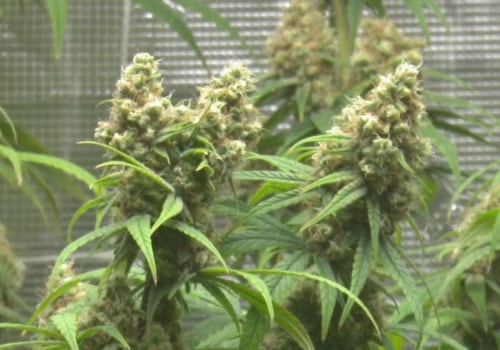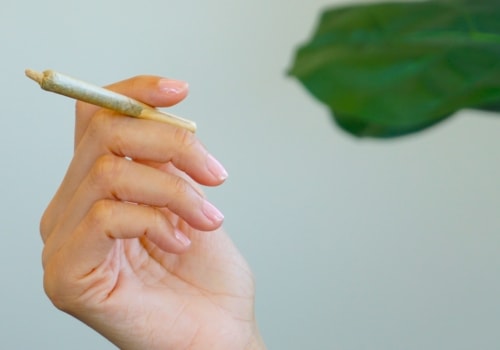The term ma, used to describe medical marijuana in 2700 BC. C., is the oldest recorded name for the hemp plant. It dressed the Chinese from head to toe, gave them writing material, such as paper, and became a symbol of power over evil. The first Taoist shamans used cannabis and ginseng to reveal truths about the future.
The consumption of cannabis was exclusive, reserved only for religious officials and kept away from the masses. Traces of cannabis have been found in incense containers remaining at burial sites, indicating that hemp was used in ancient China. Hemp seed is still consumed as food in modern China and is reputed to be a “food for longevity” in the Bama region of Guangxi province (Wang et al. Unlike European hemp, which is considered representative of a narrow-leafed hemp (NLH) biotype, most native varieties of Chinese cannabis are characterized by being a biotype of broadleaf hemp (BLH).
CBD (the non-psychoactive pain reliever) can be harvested from the hemp plant, but the reasons people in China initially consumed it were not related to medicine. In more regions of central China, archaeological artifacts provide abundant evidence of hemp fiber, but little evidence of medical cannabis, suggesting that the historical divergence between fiber and drug biotypes occurred early in Chinese history (Clarke and Merlin, 201).
Chinese hemp
is more closely related genetically to C. In addition, although historical literature records suggesting that intoxication or impaired consciousness may help indicate preparations with significant levels of cannabinoids, such references may overlook the effects related to non-psychoids active ingredients, such as CBD, which are the cannabinoids that are predominant in the varieties of cannabis (hemp) that are widely cultivated in China today.Advances in DNA research have added even more complexity to the picture, and terms such as “broad-leafed hemp” (BLH) versus “in general”, the abundance of references to hemp and the scarcity of references to cannabis for drugs in early Chinese history suggest that varieties of fiber and drugs had diverged in ancient times. Throughout its long history in China, hemp has reached almost every corner of Chinese life. This suggests that the pharmacological and fibrous biotypes of cannabis in China may have shared a common ancestor and diverged because of human selection. The consumption of cannabis in modern China has practically ceased, yet around the world there is still an explosion in the CBD, hemp and cannabis markets. Despite its long history in China and its rich untranslated medical literature, academic attention has focused on exploring the ways in which cannabis was used in Chinese medicine.
The precise chronology of the increasing dominance of fibrous hemp in the Chinese gene pool remains unclear.







